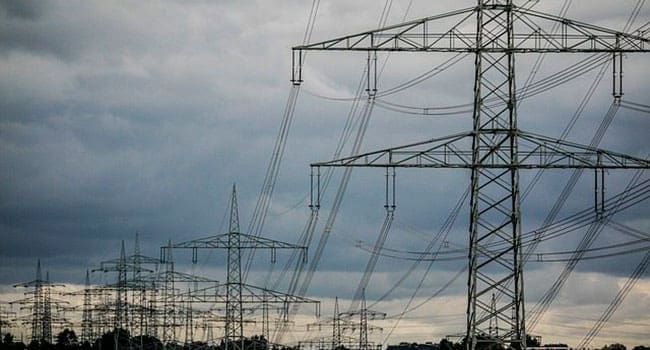By Kenneth P. Green,
Elmira Aliakbari
and Ashley Stedman
The Fraser Institute
The Ontario government’s rigorous pursuit of renewables has increased electricity costs far more than necessary.
The government recently released an update to its long-term energy plan, projecting that the cost of electricity for homes and businesses will keep rising over the next 20 years.
For example, the average monthly electricity bills for residents and large industrial customers in northern Ontario will jump 52 per cent.
Ontario’ electricity prices are already the highest in Canada and among the highest in North America.
But despite the high prices, the government of Premier Kathleen Wynne recently reaffirmed its commitment to costly solar and wind power, which is distorting market prices at the expense of Ontario’s current and future ratepayers.
Ontario’s electricity market is a stark example of what happens when government picks technology ‘winners’ and ‘losers.’ The government chose wind and solar power over cheaper alternatives such as nuclear, hydroelectric or clean coal power. In fact, as documented in our recent study, a report from the Ontario Energy Board in 2016 found that nuclear and hydroelectric generators, despite providing the majority of electricity output in Ontario, received much lower rates than wind, solar and biofuel generators. Ontarians, then, paid less for nuclear and hydroelectric power than the renewable sources favoured by the government.
Between November 2016 and October 2017, the rate paid to wind generators ($140 per megawatt hour or MWh, a common unit for measuring power) was more than double that of hydro and nuclear generators. In addition, the rate paid to solar generators ($480 per MWh) was more than seven times the rate paid to nuclear generators ($66 per MWh) and more than eight times the rate paid to hydroelectric generators ($58 per MWh).
Clearly, there’s a substantial price difference between the rates paid to wind, solar and biofuel generators, and the rates paid to other generators. The high cost for renewable sources is even more glaring when you consider that, in 2016, combined solar, wind and biomass generated less than seven per cent of electricity in Ontario.
And yet, between 2005 and 2015, the province increased its renewable capacity – solar, wind and bio-energy – by 18 per cent. But because the sun doesn’t always shine and the wind doesn’t always blow, the government also had to secure more natural gas capacity as a backup to renewable sources, increasing Ontario’s gas capacity by nine per cent.
As a result, the province realized a 26 per cent increase in capacity from 2005 to 2015. Meanwhile, the demand for electricity declined, partly due to rising electricity costs. The increase in capacity coupled with lower electricity demand has resulted in significant oversupply, which must often be exported at prices below cost.
From 2008 to 2016, residential electricity prices in Ontario increased by 71 per cent – more than double the national average. To make matters worse, a recent study shows Ontario’s skyrocketing electricity prices cost the province more than 74,000 manufacturing jobs between 2008 and 2015.
The government seems uninterested in meaningful policy reforms that would reduce electricity prices. Instead, with its so-called Fair Hydro Plan, the government hides the true costs of Ontario’s energy policies by shifting some of the cost from electric bills onto current (and future) tax bills.
The unfortunate reality is Ontario residents and businesses will continue to see their electricity bills rise due to the government’s poor policy decisions.
Kenneth P. Green is a senior director; Elmira Aliakbari and Ashley Stedman are analysts, at the Fraser Institute.
Ken, Elmira and Ashley are Troy Media Thought Leaders. Why aren’t you?
The views, opinions and positions expressed by columnists and contributors are the author’s alone. They do not inherently or expressly reflect the views, opinions and/or positions of our publication.




